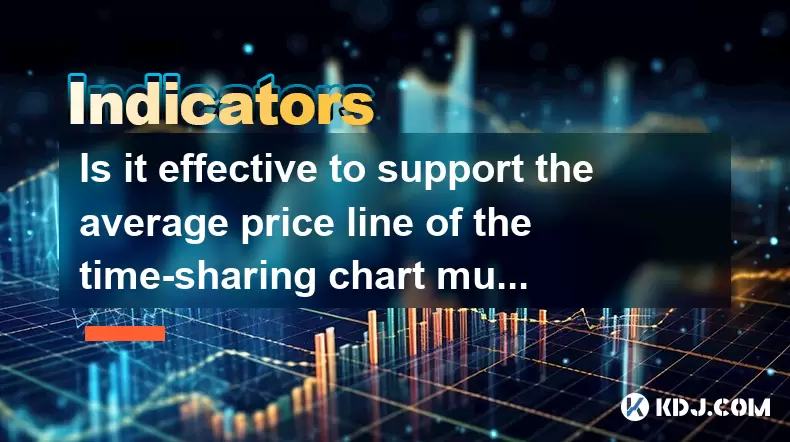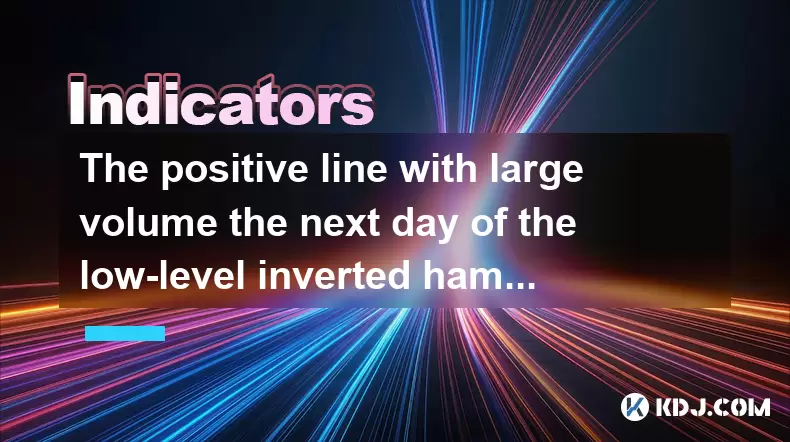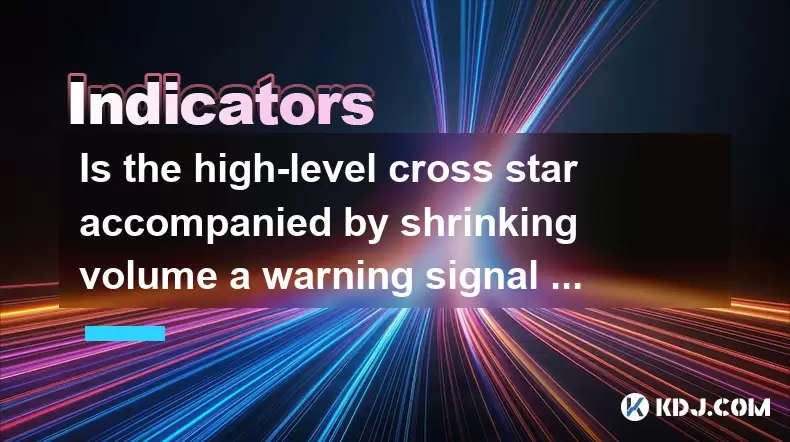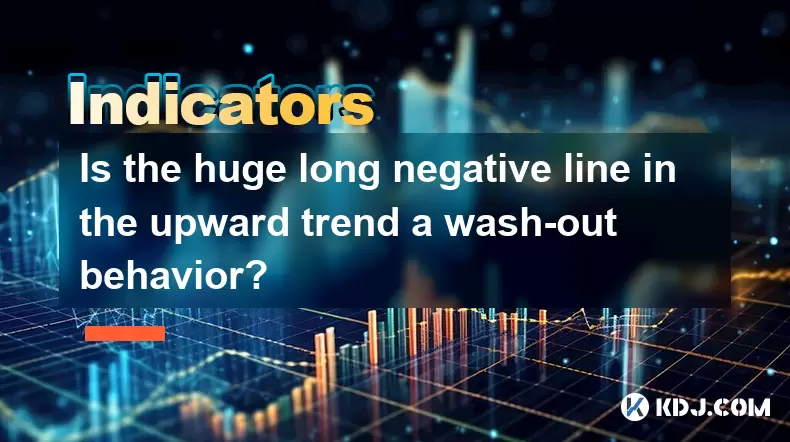-
 Bitcoin
Bitcoin $99,594.2189
-3.59% -
 Ethereum
Ethereum $2,188.5793
-9.00% -
 Tether USDt
Tether USDt $1.0001
-0.02% -
 XRP
XRP $1.9745
-5.82% -
 BNB
BNB $608.9511
-3.73% -
 Solana
Solana $130.4575
-5.93% -
 USDC
USDC $1.0000
0.01% -
 TRON
TRON $0.2637
-3.59% -
 Dogecoin
Dogecoin $0.1493
-5.97% -
 Cardano
Cardano $0.5322
-6.72% -
 Hyperliquid
Hyperliquid $33.9044
3.33% -
 Bitcoin Cash
Bitcoin Cash $449.6411
-5.46% -
 UNUS SED LEO
UNUS SED LEO $8.9629
0.43% -
 Sui
Sui $2.3943
-8.35% -
 Chainlink
Chainlink $11.4402
-7.83% -
 Stellar
Stellar $0.2241
-6.49% -
 Avalanche
Avalanche $16.1489
-4.24% -
 Toncoin
Toncoin $2.7182
-5.94% -
 Shiba Inu
Shiba Inu $0.0...01040
-5.72% -
 Litecoin
Litecoin $78.7882
-4.07% -
 Ethena USDe
Ethena USDe $1.0004
-0.01% -
 Hedera
Hedera $0.1305
-7.45% -
 Monero
Monero $297.0030
-5.32% -
 Dai
Dai $0.9997
-0.02% -
 Polkadot
Polkadot $3.1834
-6.03% -
 Bitget Token
Bitget Token $3.9788
-7.03% -
 Uniswap
Uniswap $6.1327
-10.62% -
 Pepe
Pepe $0.0...08689
-8.30% -
 Pi
Pi $0.4826
-9.65% -
 Aave
Aave $219.8043
-9.69%
Will the insufficient slope of the moving average after the golden cross fail?
A golden cross in crypto trading signals a potential bullish trend when the 50-day MA crosses above the 200-day MA, but its strength depends on the slope of the moving averages post-cross.
Jun 23, 2025 at 09:14 am

Understanding the Golden Cross in Cryptocurrency Trading
In cryptocurrency trading, the golden cross is a technical indicator that signals a potential bullish trend. It occurs when a short-term moving average (such as the 50-day MA) crosses above a long-term moving average (such as the 200-day MA). This event often attracts attention from traders and investors because it historically precedes strong upward price movements.
However, not all golden crosses lead to significant rallies. One factor that can impact the reliability of this signal is the slope of the moving averages after the crossover. A steep positive slope indicates strong momentum, while an insufficient or shallow slope may suggest weak buying pressure and could result in a false signal.
Why Slope Matters After a Golden Cross
The slope of a moving average reflects the strength and direction of a trend. When the golden cross forms but the slope remains flat or only slightly positive, it may indicate indecision among market participants. In such cases, the expected bullish momentum does not materialize, and the price might continue sideways or even reverse into a downtrend.
For instance, if Bitcoin experiences a golden cross between its 50-day and 200-day moving averages but both lines remain nearly horizontal afterward, it suggests that buyers are not aggressively pushing the price higher. This lack of momentum can lead to failed breakouts and potential losses for traders who acted on the initial signal.
How to Measure Moving Average Slope
To determine whether the slope is sufficient after a golden cross, traders can use the following steps:
- Identify the most recent golden cross point: Locate where the short-term MA crossed above the long-term MA.
- Measure the angle of both MAs post-cross: Use charting tools or manually calculate the degree of incline over a set number of periods (e.g., 10 days).
- Compare with historical slopes during confirmed uptrends: This provides context on what a "healthy" slope looks like for a given cryptocurrency.
- Observe volume patterns: Increasing volume alongside rising MAs reinforces the strength of the trend.
By analyzing these factors, traders can better assess whether the golden cross is likely to lead to a sustainable rally or if it's a weak signal that should be treated with caution.
Historical Examples of Failed Golden Crosses Due to Shallow Slopes
Several cryptocurrencies have experienced golden crosses followed by minimal price movement due to lackluster slope development. For example:
- In mid-2021, Ethereum (ETH) showed a golden cross formation, but the subsequent slope of both the 50-day and 200-day MAs was very shallow. Over the next few weeks, ETH traded sideways before eventually declining again.
- Litecoin (LTC) exhibited a similar pattern in late 2022. Although the golden cross appeared promising, the moving averages barely rose, signaling weak buyer interest. LTC soon resumed its bearish trend.
These examples illustrate how important it is to look beyond the mere occurrence of a golden cross and instead focus on post-cross behavior and momentum indicators.
Combining Indicators to Confirm Golden Cross Validity
Relying solely on the golden cross can be misleading, especially when the slope is insufficient. To enhance accuracy, traders should combine this signal with other technical tools:
- Relative Strength Index (RSI): Helps confirm whether the asset is gaining momentum or entering overbought territory prematurely.
- MACD (Moving Average Convergence Divergence): Can reveal divergence or convergence between short-term and long-term trends.
- Volume Analysis: Rising volume supports the validity of the golden cross; stagnant or declining volume raises red flags.
- Support and Resistance Levels: Even with a golden cross, approaching resistance zones can halt or reverse price action.
Using these tools together allows traders to filter out weaker golden crosses and avoid premature entries based on incomplete signals.
FAQs
Q: What is the ideal slope angle for a moving average after a golden cross?
A: There is no universally "ideal" slope, but generally, a steeper upward angle (e.g., more than 10 degrees on a standard chart scale) indicates stronger momentum. Traders often compare current slope angles to previous successful golden cross events to gauge strength.
Q: Can a golden cross still work if the slope improves later?
A: Yes, sometimes the slope develops gradually after the cross. If the moving averages begin to rise more sharply in the days or weeks following the crossover, it can still support a bullish outlook.
Q: How long should I wait to confirm the slope after a golden cross?
A: Many traders wait at least 5–10 candlesticks (daily candles are common) to see if the moving averages maintain a positive trajectory. Patience helps reduce false positives.
Q: Does the golden cross work better on certain timeframes?
A: The golden cross tends to be more reliable on higher timeframes such as the daily or weekly charts. On shorter timeframes like 1-hour or 4-hour charts, it can produce more frequent but less meaningful signals.
Disclaimer:info@kdj.com
The information provided is not trading advice. kdj.com does not assume any responsibility for any investments made based on the information provided in this article. Cryptocurrencies are highly volatile and it is highly recommended that you invest with caution after thorough research!
If you believe that the content used on this website infringes your copyright, please contact us immediately (info@kdj.com) and we will delete it promptly.
- Altcoins Under Pressure: Cardano and XRP Face Critical Tests
- 2025-06-23 12:25:12
- Rare Coin Fever in Wiltshire: Auctions, Errors, and Olympic Gold!
- 2025-06-23 12:25:12
- XRP Price Under Pressure: War Fears and Market Sentiment
- 2025-06-23 12:30:12
- HAI Token Private Key Leak: What Happened and How to Stay Safe
- 2025-06-23 12:45:12
- Texas Goes All In: Bitcoin Reserve Signals Big State Embrace
- 2025-06-23 12:45:12
- Pi Network's Price Plunge: Crash, Scammer Accusations, and What's Next?
- 2025-06-23 13:05:12
Related knowledge

Is it effective to support the average price line of the time-sharing chart multiple times?
Jun 23,2025 at 01:36pm
Understanding the Average Price Line in Time-Sharing ChartsIn cryptocurrency trading, time-sharing charts refer to real-time price charts that display price movements over short intervals, often within a single trading day. Within these charts, the average price line, also known as the Volume Weighted Average Price (VWAP), is a commonly used technical i...

The positive line with large volume the next day of the low-level inverted hammer line confirms the reversal?
Jun 23,2025 at 01:21pm
Understanding the Low-Level Inverted Hammer LineThe inverted hammer line is a single candlestick pattern that typically appears at the end of a downtrend. It has a small real body near the bottom of the trading range and a long upper shadow, indicating that bulls attempted to push prices higher but were met with selling pressure. When this pattern forms...

Is the high-level cross star accompanied by shrinking volume a warning signal of peaking?
Jun 23,2025 at 01:28pm
Understanding High-Level Cross Star PatternsIn the world of cryptocurrency trading, candlestick patterns are essential tools for technical analysis. One such pattern is the high-level cross star, which appears as a doji or near-doji candle at a significant resistance level. This pattern often indicates indecision in the market and can be interpreted as ...

Is the huge long negative line in the upward trend a wash-out behavior?
Jun 23,2025 at 12:49pm
Understanding the Long Negative Candlestick in an Uprising TrendA long negative candlestick, often referred to as a long red or bearish candle, appearing during an upward trend can raise concerns among traders and investors. This pattern typically indicates a sudden and significant drop in price after a period of rising prices. It is often interpreted a...

Can the EXPMA golden cross stand on the 5-day line at the same time?
Jun 23,2025 at 11:42am
Understanding the EXPMA Indicator in Cryptocurrency TradingThe Exponential Moving Average (EXPMA) is a popular technical analysis tool used by cryptocurrency traders to identify trends and potential reversal points. Unlike simple moving averages, the EXPMA gives more weight to recent price data, making it more responsive to current market conditions. In...

Does the second surge in the RSI overbought zone induce more?
Jun 22,2025 at 08:35am
Understanding the RSI Overbought ZoneThe Relative Strength Index (RSI) is a momentum oscillator commonly used in technical analysis to measure the speed and change of price movements. It ranges from 0 to 100, with values above 70 typically considered overbought and values below 30 considered oversold. When the RSI enters the overbought zone for the firs...

Is it effective to support the average price line of the time-sharing chart multiple times?
Jun 23,2025 at 01:36pm
Understanding the Average Price Line in Time-Sharing ChartsIn cryptocurrency trading, time-sharing charts refer to real-time price charts that display price movements over short intervals, often within a single trading day. Within these charts, the average price line, also known as the Volume Weighted Average Price (VWAP), is a commonly used technical i...

The positive line with large volume the next day of the low-level inverted hammer line confirms the reversal?
Jun 23,2025 at 01:21pm
Understanding the Low-Level Inverted Hammer LineThe inverted hammer line is a single candlestick pattern that typically appears at the end of a downtrend. It has a small real body near the bottom of the trading range and a long upper shadow, indicating that bulls attempted to push prices higher but were met with selling pressure. When this pattern forms...

Is the high-level cross star accompanied by shrinking volume a warning signal of peaking?
Jun 23,2025 at 01:28pm
Understanding High-Level Cross Star PatternsIn the world of cryptocurrency trading, candlestick patterns are essential tools for technical analysis. One such pattern is the high-level cross star, which appears as a doji or near-doji candle at a significant resistance level. This pattern often indicates indecision in the market and can be interpreted as ...

Is the huge long negative line in the upward trend a wash-out behavior?
Jun 23,2025 at 12:49pm
Understanding the Long Negative Candlestick in an Uprising TrendA long negative candlestick, often referred to as a long red or bearish candle, appearing during an upward trend can raise concerns among traders and investors. This pattern typically indicates a sudden and significant drop in price after a period of rising prices. It is often interpreted a...

Can the EXPMA golden cross stand on the 5-day line at the same time?
Jun 23,2025 at 11:42am
Understanding the EXPMA Indicator in Cryptocurrency TradingThe Exponential Moving Average (EXPMA) is a popular technical analysis tool used by cryptocurrency traders to identify trends and potential reversal points. Unlike simple moving averages, the EXPMA gives more weight to recent price data, making it more responsive to current market conditions. In...

Does the second surge in the RSI overbought zone induce more?
Jun 22,2025 at 08:35am
Understanding the RSI Overbought ZoneThe Relative Strength Index (RSI) is a momentum oscillator commonly used in technical analysis to measure the speed and change of price movements. It ranges from 0 to 100, with values above 70 typically considered overbought and values below 30 considered oversold. When the RSI enters the overbought zone for the firs...
See all articles

























































































